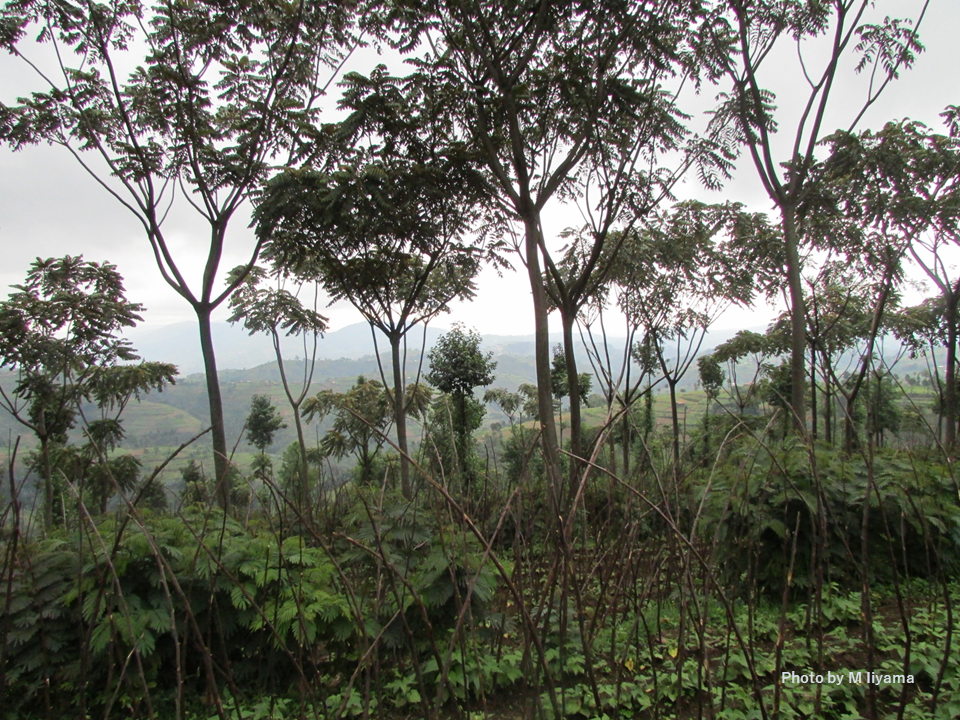Pick Up
940. Biodiversity at Risk Due to Climate Change

940. Biodiversity at Risk Due to Climate Change
The Red List of Threatened Species, published by the International Union for Conservation of Nature (IUCN), reports on the conservation status of animal, plant, and fungal species on a global scale.
According to the IUCN Red List, more than 6,000 species of animals, fungi and plants are threatened with extinction due to climate change. Of these, corals are disappearing at the fastest rate, and amphibians are the most endangered species on average. Corals are part of some of the world's most diverse ecosystems, but they are also vulnerable to bleaching events due to rising sea surface temperatures. Climate change will also cause severe physiological changes in animal reproduction and hybridization.
Beyond its own value, biodiversity contributes to humanity by playing an integral role in the ecosystem. Negative feedbacks can exacerbate the situation, as climate change accelerates habitat destruction and loss of biodiversity and ecosystem services, which in turn accelerates the worsening of climate change. Climate change and the biodiversity crisis are inextricably linked, and biodiversity conservation is closely linked to solving climate change.
Agriculture for food and feed is a driver of biodiversity loss, both through the intensive use of existing farmland and through the destruction of pristine nature to expand farmland. In particular, the use of pesticides, excessive tillage and monoculture in intensive agriculture to increase yields have had negative impacts on ecosystem services such as pollination, nitrogen cycling, carbon sequestration and drought resilience. As a result, there is an international push to transition to more sustainable agricultural practices.
A systematic review article recently published in npj Biodiversity examined 331 literature articles that analyzed the impacts of relatively less intensive agricultural practices, such as minimum tillage, conservation tillage, and reduced or no use of pesticides and chemical fertilizers, on the conservation of multiple species. The review found that while there is no one-size-fits-all approach, relatively less intensive agricultural practices tend to contribute to overall biodiversity conservation, often with conflicting effects on terrestrial and soil biodiversity. The impact of specific agricultural practices on species conservation tended to be consistent across biomes, although for fertilization and tillage, sample sizes from outside the temperate and Mediterranean regions were small. However, there were cases where the effects on fungi, nematodes, bacteria and arthropods were reversed, either positive or negative, depending on the biome, suggesting that while alternatives to existing agricultural practices tend to improve biodiversity, the actual effect depends on the species and type of agricultural practice. The paper concludes that the choice of agricultural practices adapted to local conditions is important for biodiversity conservation in future food systems.
Reference
Cozim-Melges, F., Ripoll-Bosch, R., Veen, G.F.(. et al. Farming practices to enhance biodiversity across biomes: a systematic review. npj biodivers 3, 1 (2024). https://doi.org/10.1038/s44185-023-00034-2
Contributor: IIYAMA Miyuki (Information Program)
